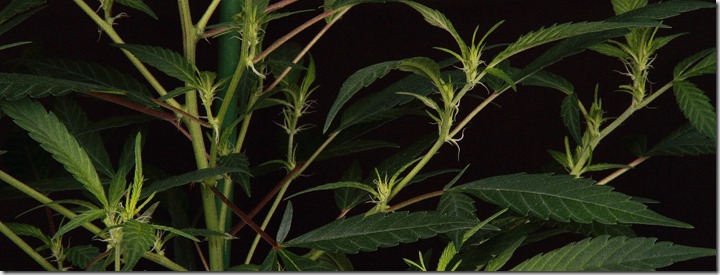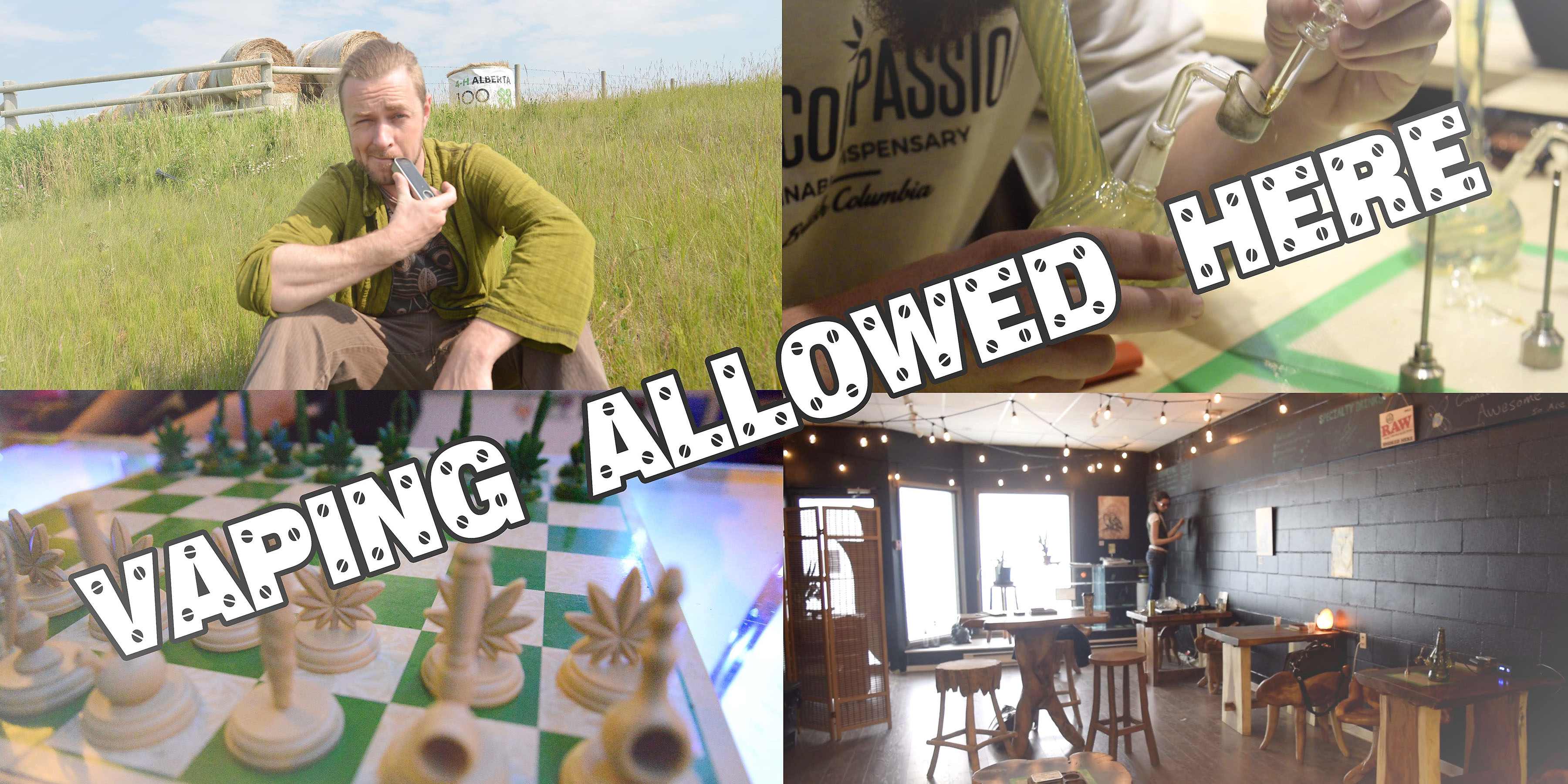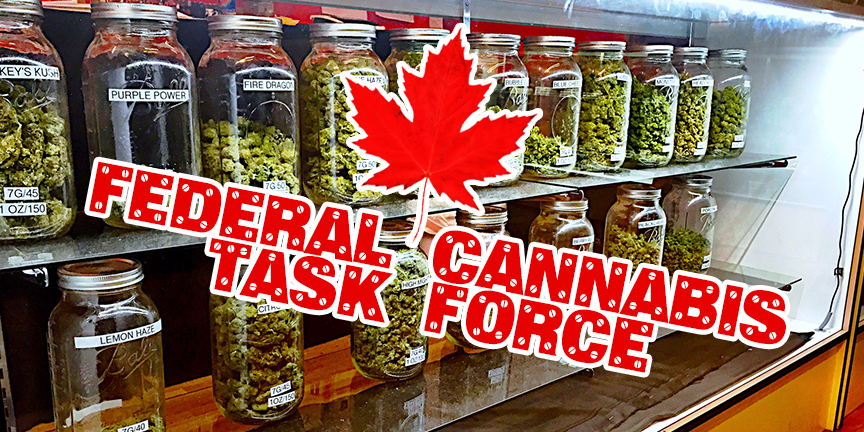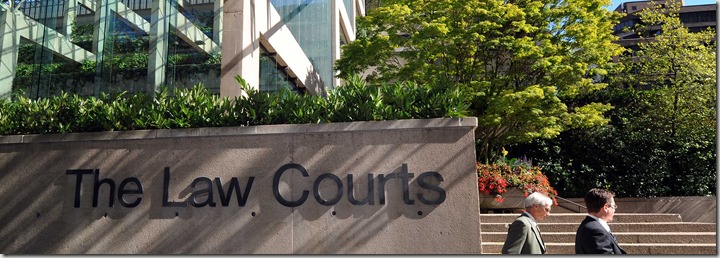David B. Allen M.D.
Cannabis plants need 12 hours of continuous darkness to produce flowers. Interrupting the dark cycle with light, even briefly, inhibits the plant’s ability to flower. This demonstrates that the enzyme system for flowering requires 12 hours of continuous darkness (or low light) to produce flowers. Plants in nature are not exposed to complete darkness and have moonlight and starlight available to them.
The process of photosynthesis has two phases. The Light and the Dark Phase.
During the Light Phase of photosynthesis, light reacts with chlorophyll causing it to vibrate. This vibration causes water (H2O) to split into oxygen and hydrogen atoms. The oxygen is released into the air and the hydrogen atoms are used to charge the cellular batteries of two compounds (ADP and NADP). Once charged, these compounds become ATP and NADPH+ and are utilized in the dark phase to make sugar.
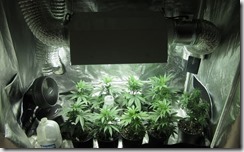 The dark phase was renamed the Light Independent Phase and is also known as the Calvin Cycle. The light independent phase does not occur in complete darkness and is linked to the light phase by the products generated in the light phase. Regardless of presence of light or dark, Metabolism and growth of the plant occurs 24/7.
The dark phase was renamed the Light Independent Phase and is also known as the Calvin Cycle. The light independent phase does not occur in complete darkness and is linked to the light phase by the products generated in the light phase. Regardless of presence of light or dark, Metabolism and growth of the plant occurs 24/7.
During the Light Independent Phase or Calvin Cycle, the two charged molecules are combined with 3 Carbon Dioxide molecules to form glucose. Glucose is the energy source for the plant and is used to make all subsequent necessary biologic compounds. When glucose levels are elevated, the plant converts the excess glucose to starch and to other compounds that the plant needs to maintain homeostasis.
When photosynthesis stops in complete darkness, the plant burns the starch made during the light cycle to maintain life. Prolonged dark periods diminish the starch stores and cause the plant to produce more sugar in the next light cycle. There is evidence that the presence of carbohydrates in a leaf after the dark period inhibits or regulates photosynthesis in the next light cycle.
Excluding auto-flowering strains, most plants in vegetative growth are kept in 18-24 hours of light per day and only when the photoperiod is changed to provide longer dark periods will the cannabis plant flower. Induction of flowering of a cannabis plant can be done by switching from a vegetative photoperiod of 18 Hrs. Light and 6 Hrs. dark, to a 12/12 photoperiod of light/dark cycle.
To stimulate heavy flowering, place the vegetative plant in 1-3 days of darkness prior to changing the flowering photoperiod to 12/12. This will shock the plant, diminish starch stores and stimulate heavy flowering.
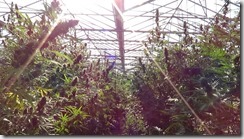 During the daylight the temperature rises and the medicine on the plant starts to evaporate. The beautiful aroma of your medicine evaporating in thin air should cause concern as many of the terpenes and phenols have low vapor points and evaporate at room temperature. Plants harvested before the lights are turned on in the morning are slightly more potent than the same plants harvested later after a full day in the sun. This fact may alter how you harvest your plants. Extended periods of darkness prior to harvest may have major impact on medical efficacy.
During the daylight the temperature rises and the medicine on the plant starts to evaporate. The beautiful aroma of your medicine evaporating in thin air should cause concern as many of the terpenes and phenols have low vapor points and evaporate at room temperature. Plants harvested before the lights are turned on in the morning are slightly more potent than the same plants harvested later after a full day in the sun. This fact may alter how you harvest your plants. Extended periods of darkness prior to harvest may have major impact on medical efficacy.
Double-blind comparisons could be done to determine the optimal altered photoperiod for flowering cannabis plants and optimal harvest techniques. It remains to be seen if this change has significant benefit over 12/12 photoperiods.
After studying charts of starch utilization of plants kept in total darkness, an 18-hour dark period was chosen. This photoperiod does not pan out evenly for the week. Using a 7-day timer, the photoperiod of 16 hours of darkness and 12 hours of light works out perfectly for the week.
This photoperiod gives 6 periods of light and 6 periods of dark during one week’s time. This is a savings of 1 out of 7 days of lighting or 14% reduction of light during the one-week period. I have named this photoperiod the Dr. Allen 16 Hr. Dark Photoperiod.
Initial evaluations of a cloned female cannabis plant treated in this manner determined that bud production was not retarded on visual inspection. Larger facilities can do controlled studies to see if this photoperiod has any advantage over conventional 12/12 photoperiods. Incidentally, during this experiment, 5 seedling plants subjected to this photoperiod all turned out to be male plants. While this may be due to chance, the question arises as to what extent photoperiods affect the sex determination of plants. What has the biggest impact on sexual differentiation of seeds, the genetics of the seed or its environment?
The Dr. Allen 16 Hr. Dark Photoperiod!
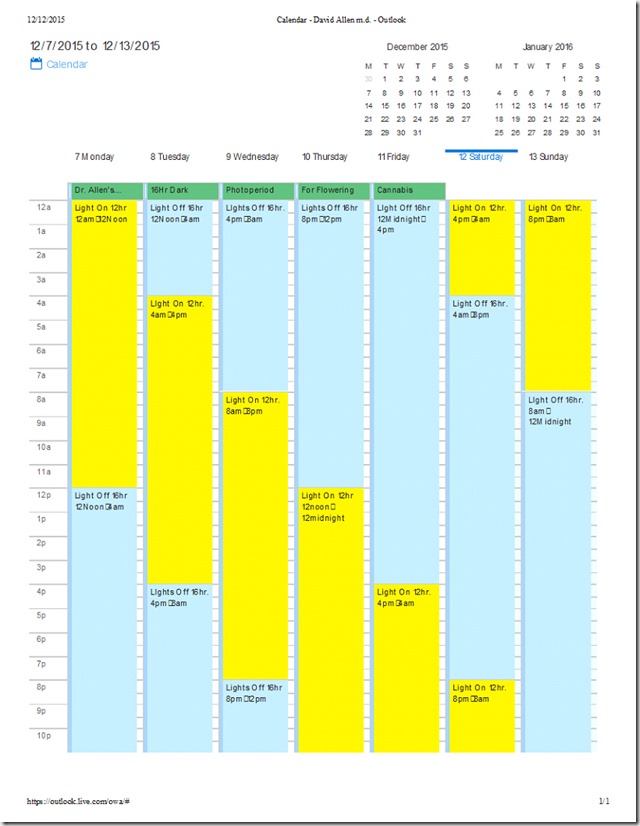
I hope this stimulates thought and research into altered photoperiods.
David B. Allen M.D.
cali215doc@gmail.com

